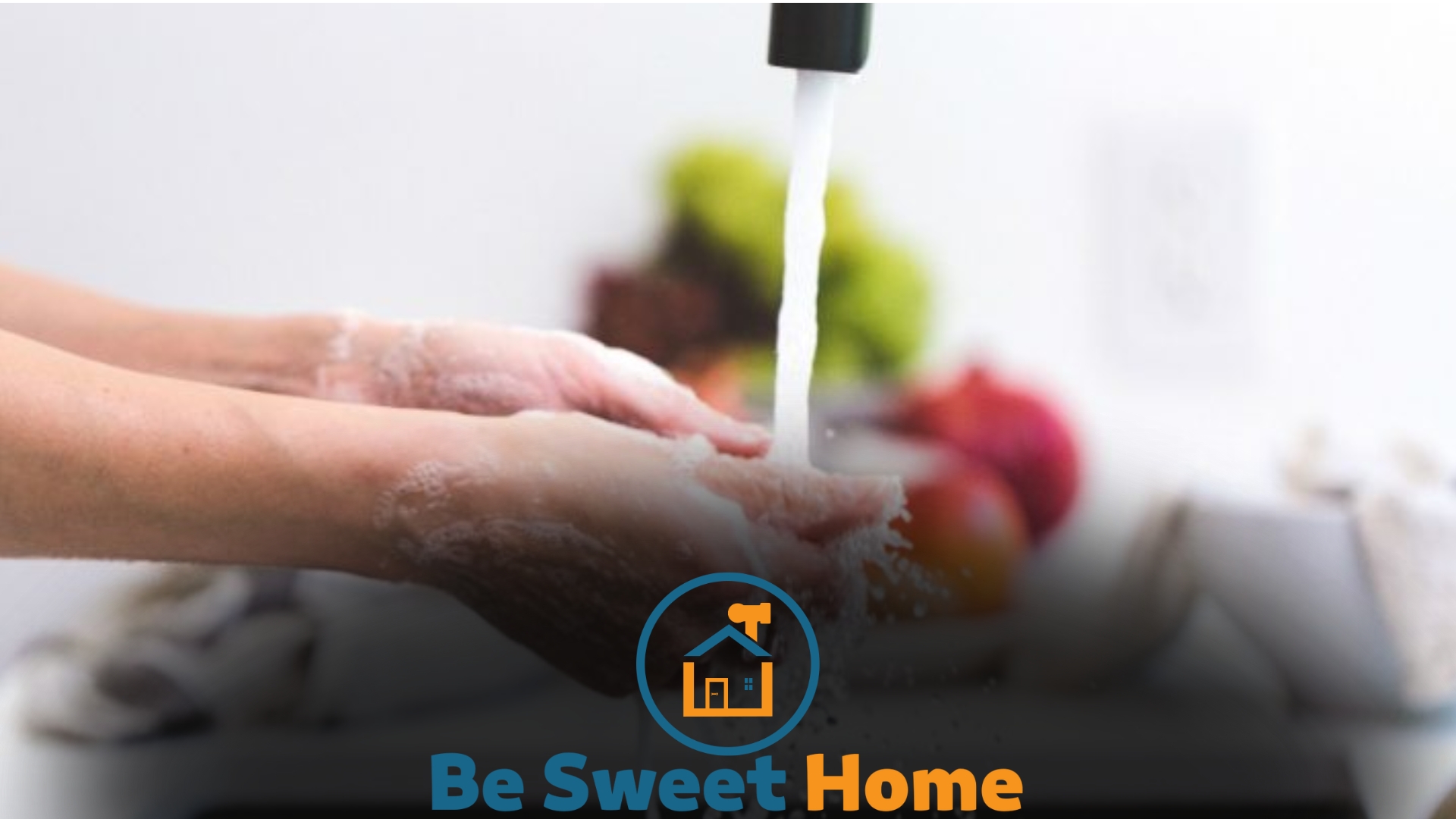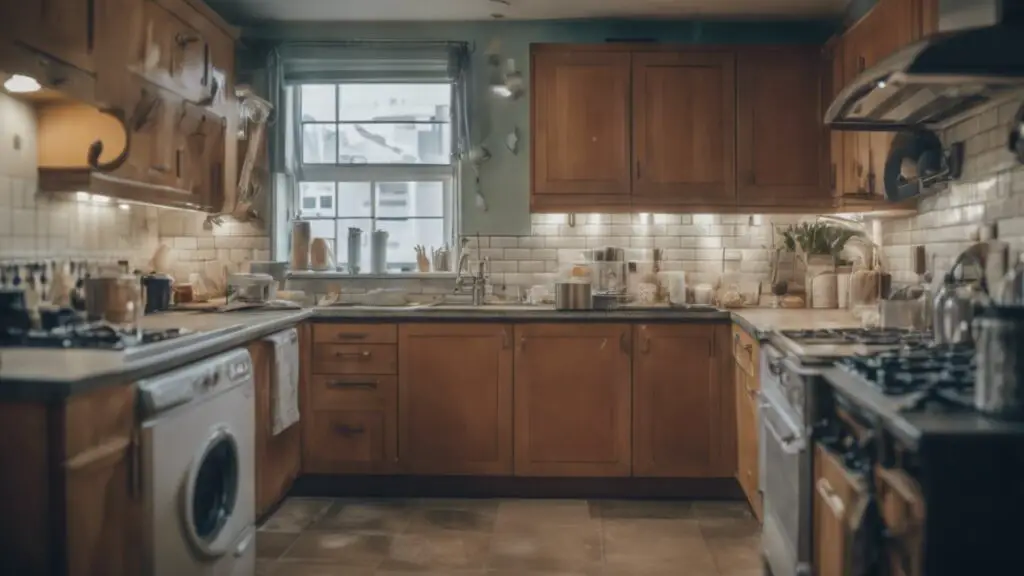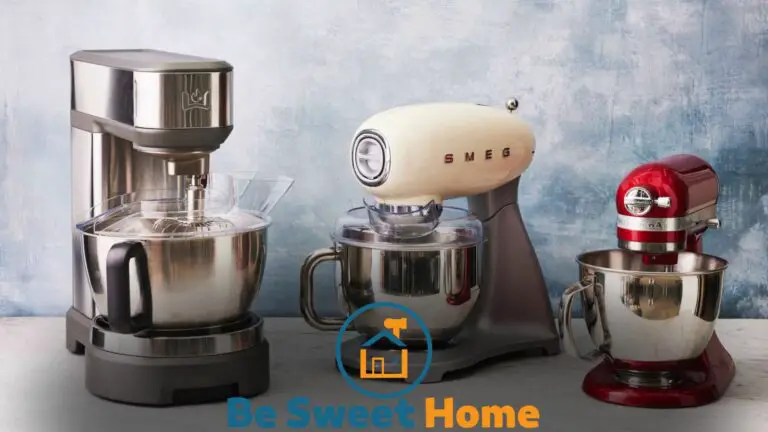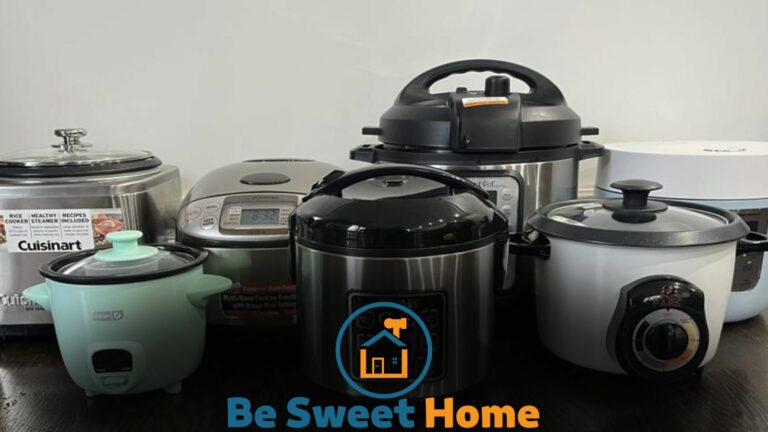

Keep work surfaces clean and sanitize utensils to maintain kitchen safety and sanitation. Store raw and cooked foods separately to prevent cross-contamination.
Maintaining a safe and clean kitchen is crucial for health and efficiency. Whether cooking at home or working professionally, understanding and implementing the best kitchen safety and sanitation practices is essential.
It starts with simple habits like washing hands thoroughly before and after handling food, keeping cutting boards pristine, and ensuring that all cooking surfaces are regularly disinfected.
Proper food storage at the correct temperatures also plays a vital role in preventing foodborne illnesses. With food safety concerns on the rise, adhering to these key protocols safeguards your health and enhances the quality of your culinary creations.
By focusing on these foundational elements, you can create a kitchen space that is both functional and hygienically secure.
Essential Kitchen Safety Protocols
Essential Kitchen Safety Protocols are key to preventing accidents and maintaining a hygienic environment. Whether at home or in a professional setting, following these guidelines keeps everyone safe and healthy.
Proper Handling of Sharp Objects
Sharp tools are vital in the kitchen, yet they pose significant risks. Always keep blades pointed away from you. Use knife guards and store them in a secure block or case.
Never leave knives soaked in a sink, as they can cause serious injuries if not seen. Regularly sharpen knives for safer and more precise cuts.
- Cut away from your body to avoid accidents.
- Wash knives immediately after use to prevent contamination.
- Never try to catch a falling knife, step back and let it drop.
Avoiding Cross-contamination
Keeping foods separate is essential to prevent the spread of bacteria. Use different cutting boards for raw meat, vegetables, and cooked foods. This helps stop bacteria from raw meat from contaminating other foods.
| Food Type | Cutting Board Color |
|---|---|
| Raw Meat | Red |
| Vegetables | Green |
| Cooked Foods | Yellow |
Wash hands, utensils, and surfaces after handling different food types.
Fire Hazard Prevention
Kitchens are full of fire risks. Always monitor what you fry, as oil can catch fire quickly. Keep flammable materials away from the stove. Have a fire extinguisher and baking soda nearby to put out fires.
- Never leave cooking unattended.
- Regularly clean appliances to prevent grease buildup.
- Learn how to put out different types of fires, like grease fires.
Following these Essential Kitchen Safety Protocols makes for a safer cooking space. Cut carefully, avoid cross-contamination, and be fire-aware to enjoy a safe kitchen environment.
Personal Hygiene for Culinary Success
Ensuring top-notch personal hygiene is crucial in any kitchen. Chefs and cooks need to prevent contamination and promote a healthy cooking environment. Following these guidelines helps guarantee delicious and safe meals.
Handwashing Techniques
Clean hands are the first line of defense against germs. Experts recommend a specific way to wash hands:
- Wet hands with warm water.
- Apply soap to cover all hand surfaces.
- Rub hands together for at least 20 seconds.
- Rinse thoroughly under running water.
- Dry with a clean towel or air dryer.
Appropriate Attire and Hair Restraints
Proper attire in the kitchen is non-negotiable. It involves:
- Clean chef uniforms to protect food from contaminants.
- Aprons over uniforms for added protection.
- Non-slip shoes to prevent accidents.
Hair restraints like hats or hairnets keep hair away from food.
Illness and Reporting Policies
Team members must be aware of the importance of reporting illness. The key steps include the following:
- Staying home when sick to avoid spreading illness.
- Reporting symptoms to management immediately.
- Understanding foodborne illness risks.
Familiarizing with these policies is essential for kitchen safety.
Effective Cleaning and Sanitizing Methods
Kitchens are busy spots bustling with tasty activities. But mess and germs can spread if we don’t keep them clean.
Let’s explore some top ways to keep your kitchen spotless and safe.
Choosing the Right Cleaning Agents
Not all cleaners are the same. Strong grease needs a tough cleaner. But for a quick wipe, a mild soap works great. Here’s how to choose smart:
- Read labels: They tell you what grime each cleaner can tackle.
- Pick wisely for surfaces: Some cleaners can harm your counters or appliances.
- Go green: Eco-friendly options keep your kitchen and the planet healthy.
Regular Maintenance of Equipment
Good tools make for quick work. But dirty tools can spoil your food. Keep them in top shape like this:
- Clean after use: Wipe down your tools as soon as you’re done.
- Check up regularly: Look for signs of wear or damage often.
- Deep clean: Schedule a thorough scrub for all your equipment regularly.
Disinfection Techniques
Germs are tiny but can cause big trouble. Kill them dead with these tips:
- Heat it up: Hot water can sanitize dishes and cutlery effectively.
- Use bleach: A bleach solution can zap germs on most surfaces.
- Let it sit: Disinfectants need time to work, so read the label and wait.
Food Storage and Preservation Strategies
Keeping a kitchen safe involves smart food storage and preservation.
Not only does this prevent food spoilage, but it also reduces the risk of foodborne illnesses.
Proper strategies ensure your ingredients remain fresh, delicious, and safe.
Temperature Control Tactics
Managing the temperature of food storage areas is crucial. Here’s a quick guide:
- Refrigerate perishables at 4°C (40°F) or below.
- Keep freezers at -18°C (0°F).
- Hot food should remain at 60°C (140°F) or above.
Separating Raw and Cooked Foods
Avoid cross-contamination by storing raw and cooked foods separately. Use these tips:
| Raw Foods | Cooked Foods |
|---|---|
| On the lowest shelves in the fridge. | On upper shelves, above raw food. |
Labeling and Fifo System
Label each food item with dates. Follow the First-In, First-Out (FIFO) approach:
- Label new items with the current date.
- Place new items behind the older ones.
- Use the oldest items first to prevent spoilage.
Implementing a Culture of Safety in the Kitchen
Creating a safe kitchen environment is essential for every culinary establishment. Building a culture where safety comes first involves more than just rules. Safety habits reduce accidents and ensure everyone’s well-being.
Let’s explore how to foster this culture through training, effective communication, and the right equipment.
Safety Training and Workshops
Regular training sessions are a cornerstone of kitchen safety. Here’s what effective training looks like:
- Structured Onboarding: New staff get thorough safety guidance.
- Refresher Courses: Keep experienced team members updated.
- Emergency Drills: Practice makes perfect and safe.
- Certification Programs: Ensure staff is professionally trained.
Communication and Signage
Clear communication reduces risks in fast-paced kitchen environments. Here’s how to keep everyone informed:
| Tool | Role in Safety |
|---|---|
| Signage: | Visual reminders of safety protocols. |
| Labels: | Identification to prevent mix-ups. |
| Communication Stations: | Points for team to share safety concerns. |
Safety Equipment and Tools
Right tools and equipment are the first line of defense against accidents. Here’s what every kitchen needs:
- Non-Slip Mats: Reduce falls in wet areas.
- Fire Extinguishers: Ready and accessible for emergencies.
- First-Aid Kits: Fully stocked for quick response.
- Personal Protective Equipment: Gloves, masks, and aprons for safety.
Government Regulations and Compliance
Welcome to the critical topic of kitchen safety and sanitation!
Kitchen regulation adherence ensures health standards. Careful practice guarantees well-being.
Health Code Standards
Restaurants must follow strict rules designed to protect consumers. Detailed guidelines cover food handling, storage, and preparation. Staff are trained to uphold these standards every day.
- Clean surfaces: Regular disinfection prevents contamination.
- Proper food storage: Correct temperatures reduce spoilage risks.
- Safe cooking temps: These kill harmful bacteria.
Inspection Readiness
To avoid penalties, businesses must be inspection-ready. This involves routine checks and records management.
| Task | Frequency | Record |
|---|---|---|
| Cleaning | Daily | Checklist |
| Equipment checks | Weekly | Maintenance Log |
| Pest control | Monthly | Inspection Report |
Managing Allergens and Special Diets
Special diets need attention. This prevents allergic reactions. Cross-contamination avoidance is key.
- Educate staff: Training on common allergens is essential.
- Label foods: Clear labels let customers choose safely.
- Clean equipment: Separate tools for allergen-free meals.

Frequently Asked Questions
What Are Top Kitchen Safety Tips?
Keeping knives sharp, avoiding loose clothing, and never leaving cooking unattended are fundamental safety tips for any kitchen.
How Does One Maintain Kitchen Sanitation?
Regularly cleaning surfaces with approved disinfectants, proper food storage, and frequent hand washing are key to maintaining kitchen sanitation.
What Causes Kitchen Cross-contamination?
Cross-contamination often results from using the same cutting boards or utensils for different types of food without proper washing in between.
Can Proper Food Storage Enhance Safety?
Yes, storing food at the correct temperatures and in clean, sealed containers prevents bacterial growth and keeps the kitchen safe.
Why is Personal Hygiene Critical in Kitchens?
Personal hygiene, such as washing hands and wearing clean attire, is crucial to prevent the spread of bacteria and ensure food safety.
Conclusion
Safe kitchen practices are essential for health and well-being. Always prioritize cleanliness, follow proper food storage rules, and never neglect personal hygiene.
You secure a healthier, safer cooking environment by integrating these best practices into your routine. Commit to safety and savor peace of mind with every meal.







